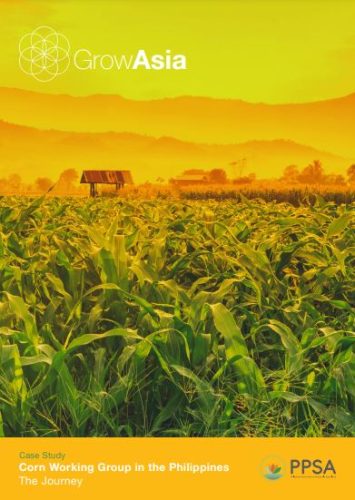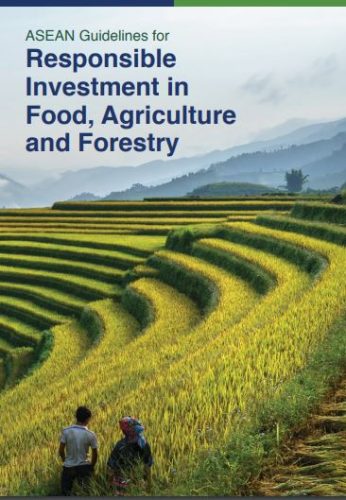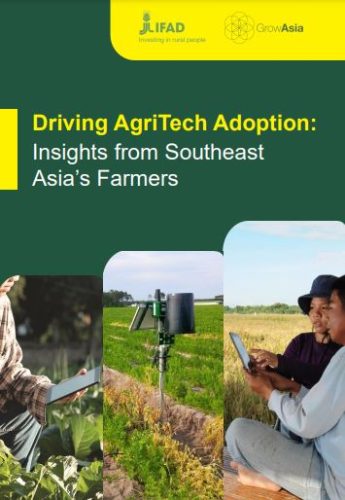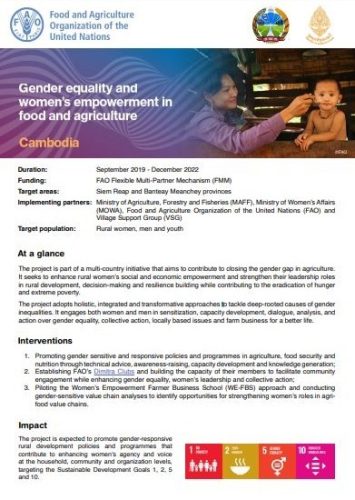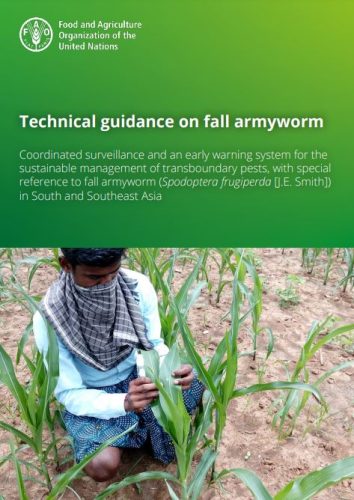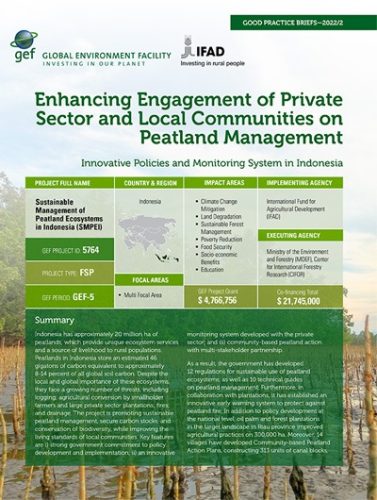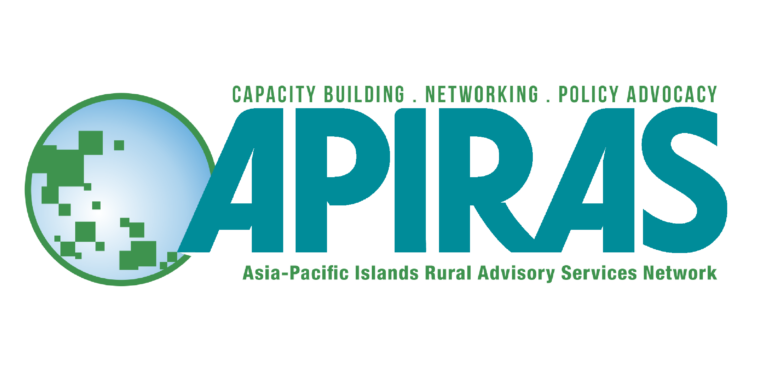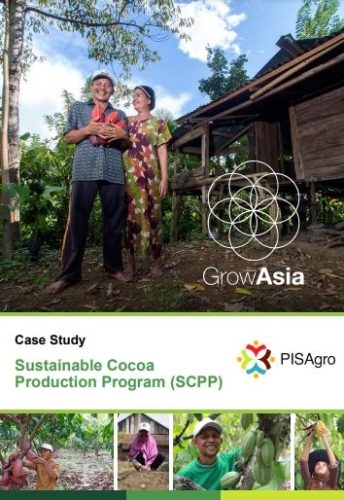
Sustainable Cocoa Production Program (SCPP)
The SCPP model is a hub-and-spoke partnership, with Swisscontact at the hub of the partnership, driving the vision, pooling resources and collecting impact data. It is not the only model for an industry to work together on smallholder farmer productivity, but what SCPP has achieved indicates that it is model worth exploring. Of all the partnerships that make up the Grow Asia network, it stands out in its ability to teach us about effective partnership.

